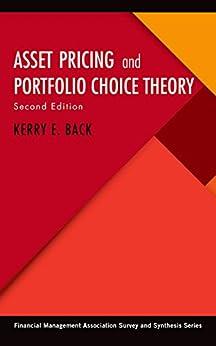Consider the value f(St) of receiving a cash flow c per unit of time until the asset
Question:
Consider the value f(St) of receiving a cash flow c per unit of time until the asset price S hits a boundary s
∗. Assume the dividend yield, volatility, and risk-free rate are constant. The value is derived in Section 19.2 by reducing the valuation problem to valuing the receipt of $1 at the hitting time. The valuation can be done more directly as follows:
(a) Write down the ODE that the function f satisfies, taking into account that part of the return from the asset is the cash flow cdt.
(b) Show that c/r satisfies the ODE.
(c) Show that c
r
+as−γ + bsγ
satisfies the ODE for any constants a and
b, where −γ and β are the roots of the quadratic equation (19.3). (The ODE is called nonhomogeneous, because it includes the constant term c—a term that is not linear in f . The general method for solving a nonhomogeneous version of (19.2) is to value the nonhomogeneous part as a cash flow to be received forever and then to add that value to the general solution
(19.4) of the homogeneous part.)
(d) Use boundary conditions to calculate a and b in these two cases: (i) the cash flow terminates when St first falls to s
∗, and (ii) the cash flow terminates when St first rises to s
∗.
Step by Step Answer:






